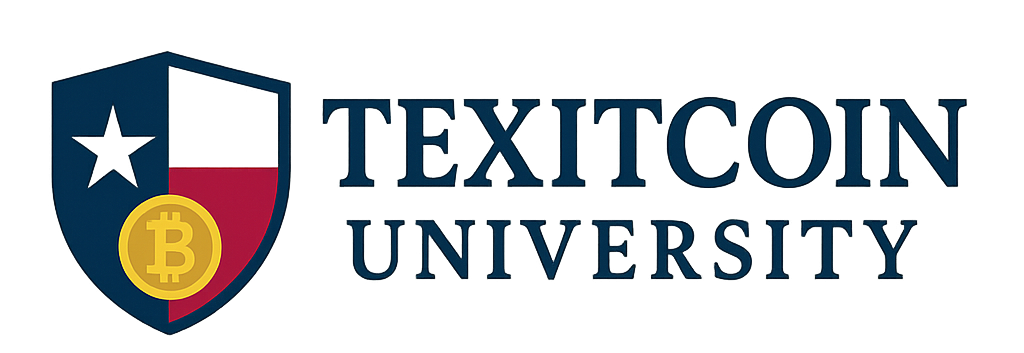Our Story: Founded by community leaders passionate about crypto, finance, and legacy creation.
Our Mission: Combine crypto literacy, financial intelligence, and wealth-building education to empower
anyone ready to create lasting prosperity and generational legacy.
TXC is up 678% in the last 6 months — and we’re building a team plan so everyone wins together.
Think crypto + financial literacy + generational wealth. Text me 👉 (615) 569-6409.
3 Month Chart 9-11-25
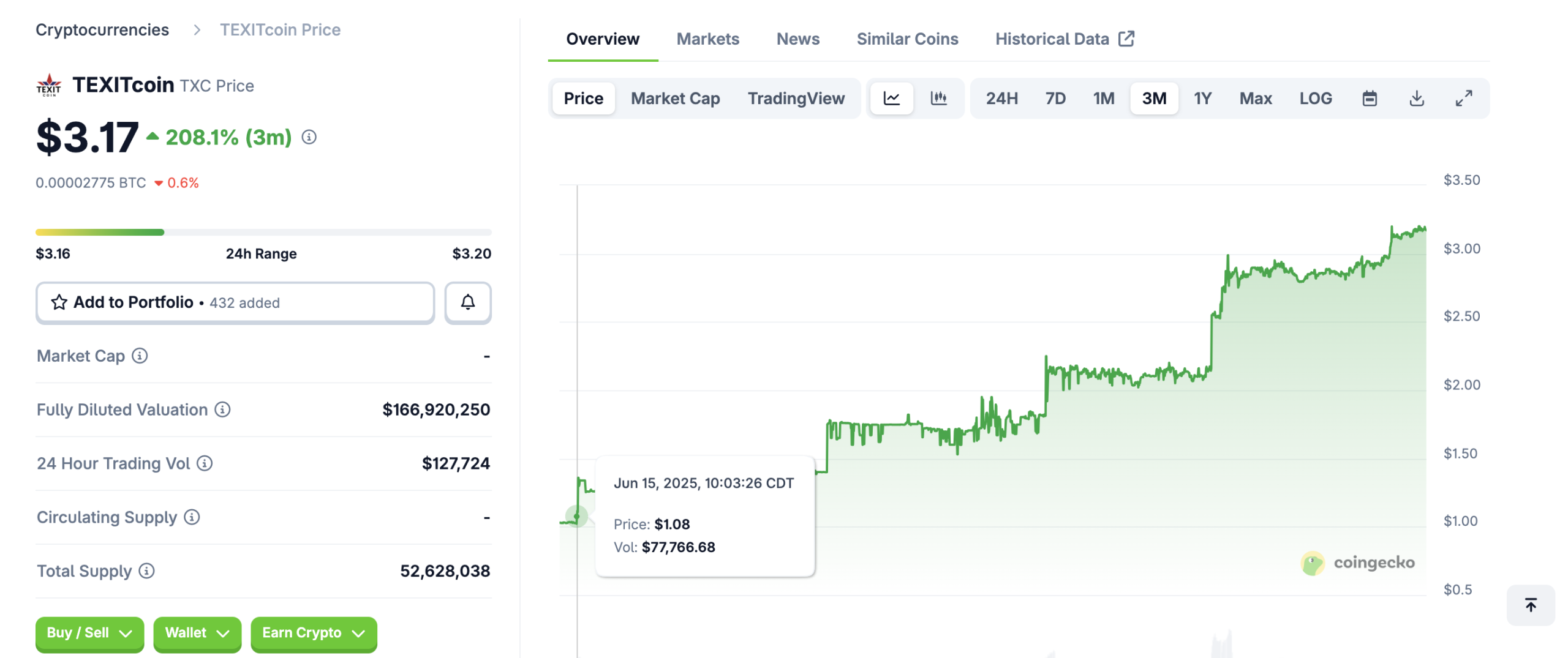
CoinMarketCap
3 Month Chart 9-11-25
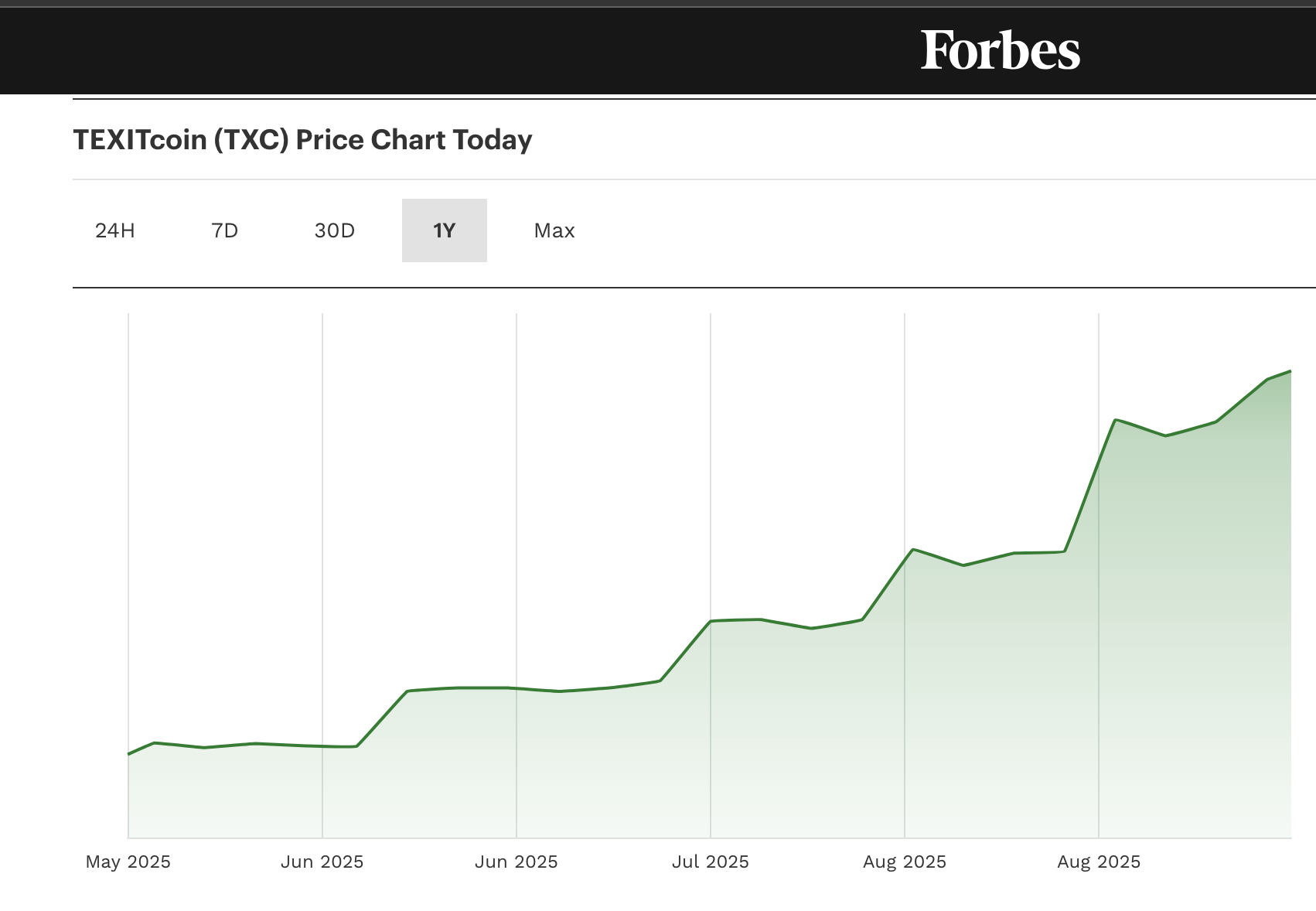
TEXITcoin (TXC) is a decentralized, proof-of-work cryptocurrency designed to enable financial sovereignty and community-driven economic independence. Forked from Litecoin, it uses the Scrypt hashing algorithm and supports merged mining for robust network security. TEXITcoin focuses on fast, low-cost peer-to-peer transactions without intermediaries, with a capped supply of 353 million coins distributed over 138 years. Built as a Layer 1 blockchain, TEXITcoin also supports custom Layer 2 tokens, allowing communities to issue their own cryptocurrencies anchored to the TEXITcoin network. Mined exclusively in Texas, the project emphasizes local control, transparency, and practical real-world use as a medium of exchange for goods and services
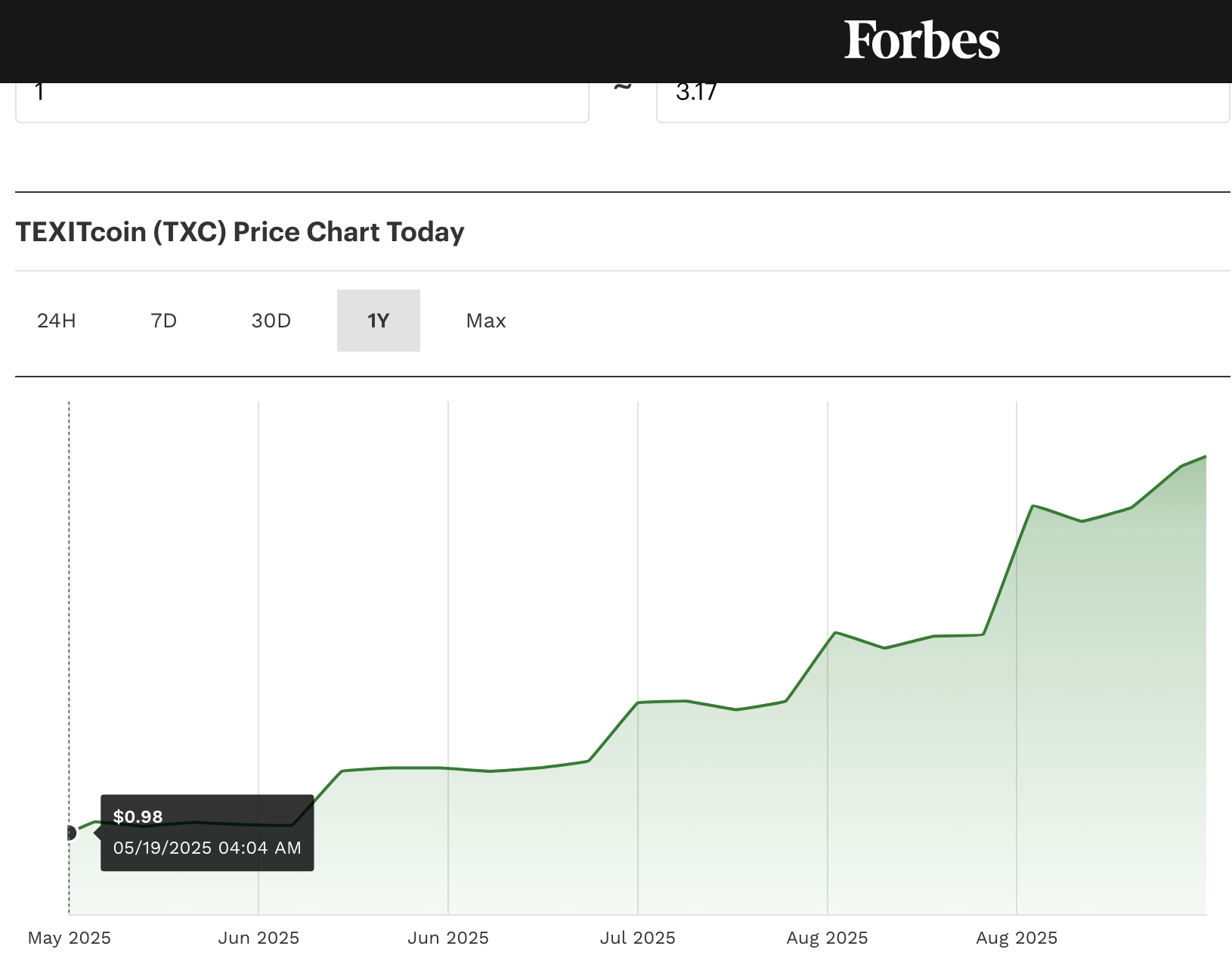
$.98 on 5-19-25
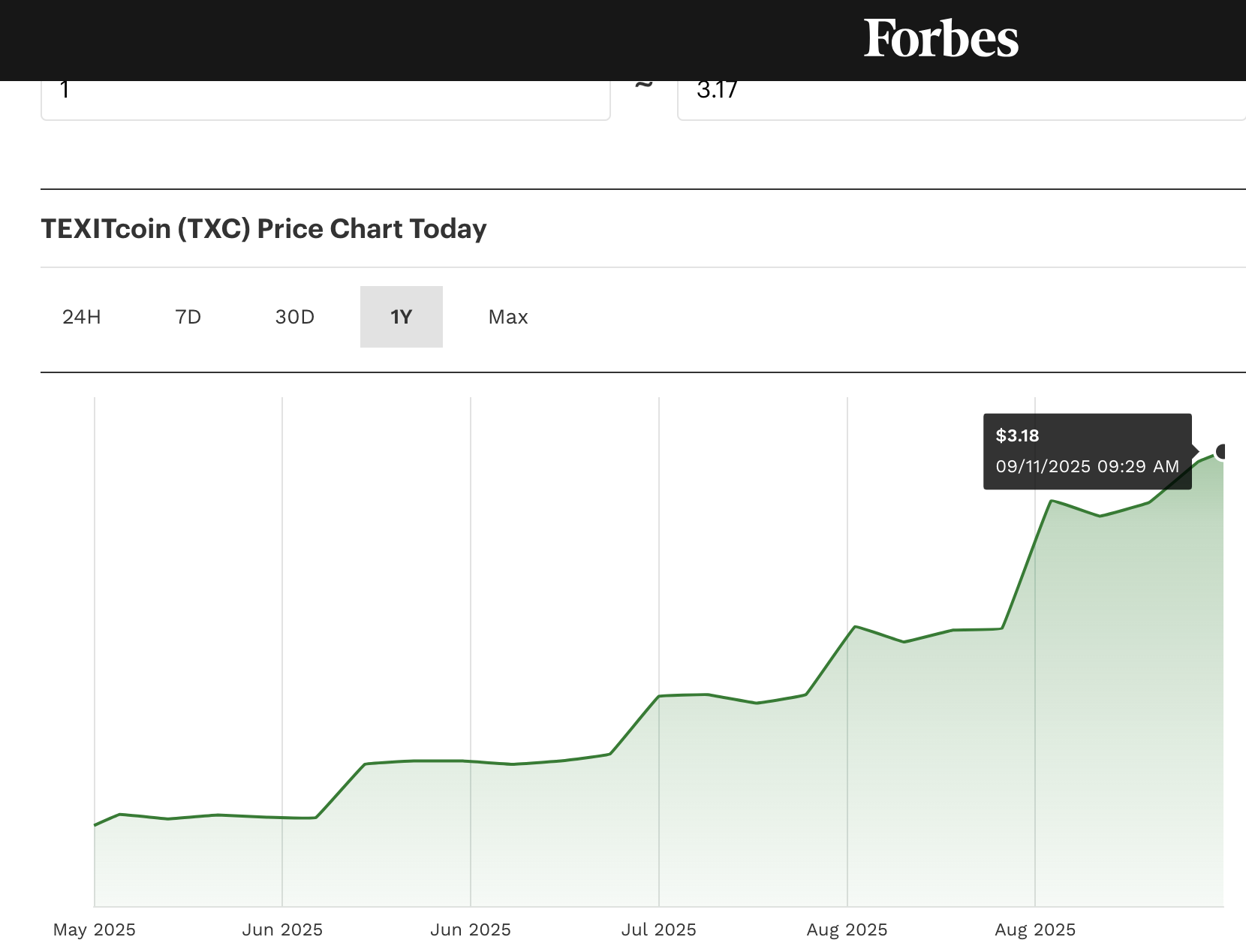
$3.18 on 9-11-25
RECORDED Jul 17, 2025 when TXC $1.74
What is crypto mining and how does it work?
You’re likely already familiar with gold mining, but what is mining for cryptocurrency? Crypto mining is how some cryptocurrencies—like Bitcoin—process transactions and mint new tokens. Mining for cryptocurrency is, by design, like digitally mining for gold.
Let’s explore the depths of this proverbial mine to help you decide whether to delve deep into the digital trenches as a crypto investor or remain safely above ground.
What is crypto mining?
Cryptocurrency mining uses specialized computing resources to add blocks to a proof-of-work (PoW) blockchain. Adding a new block to a blockchain validates and records the latest batch of transactions and simultaneously mints new digital tokens.
The process of cryptocurrency mining is the “work” in a proof-of-work blockchain. Crypto miners use vast amounts of computing power as they compete to solve a complex math puzzle. The fastest miner to solve the puzzle is awarded the privilege of adding the newest block to a blockchain. They also collect transaction fees and the newly minted cryptocurrency associated with that block.
Cryptocurrency mining requires substantial computing power, which is typically measured in hashes per second—also known as a miner’s hash rate. (“Hashing” is a cryptographic function that converts variable inputs like transaction information into fixed-length strings of characters, or hashes.) Crypto miners use specialized hardware, including application-specific integrated circuits (ASICs) and graphics processing units (GPUs).
Anyone with an Internet connection and enough computing power to compete with other miners can choose to mine for cryptocurrency. Crypto mining is decentralized by nature, which supports the security of a proof-of-work blockchain. (Learn more about decentralized public ledger technology and consensus mechanisms.)
